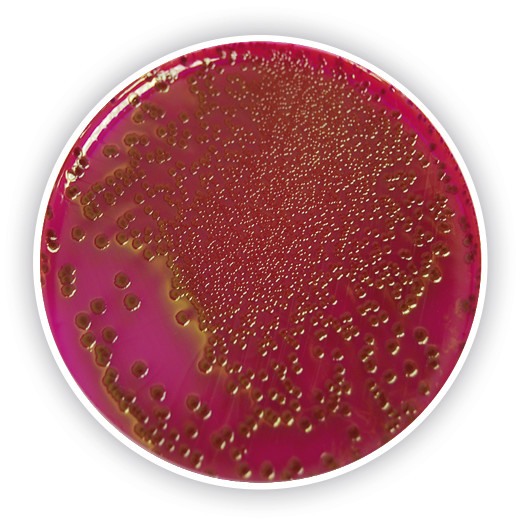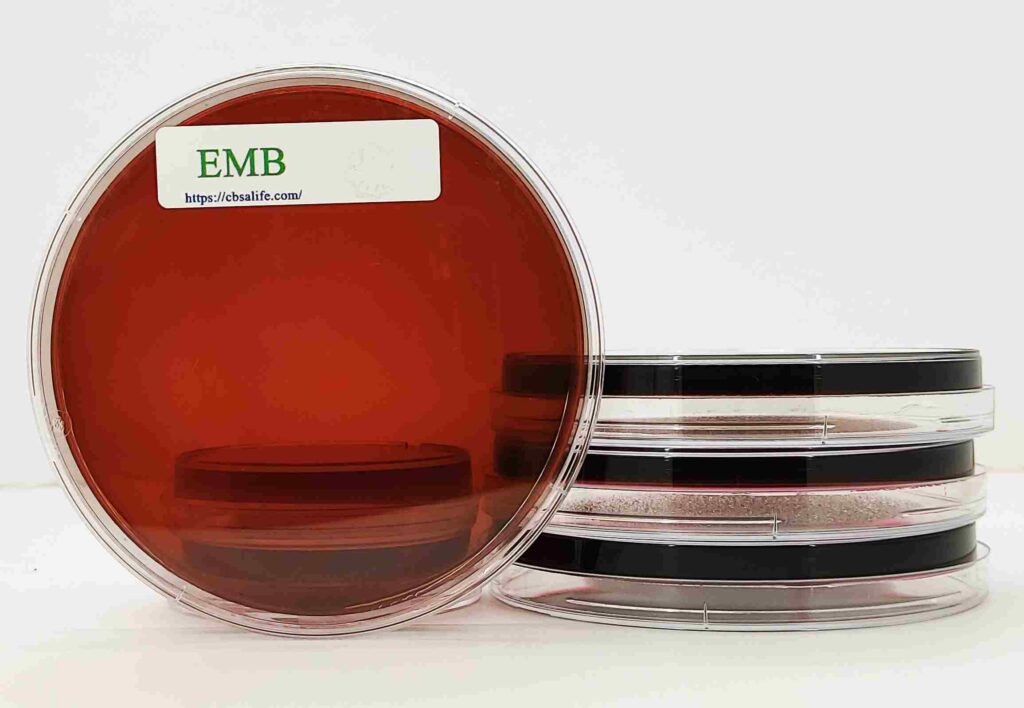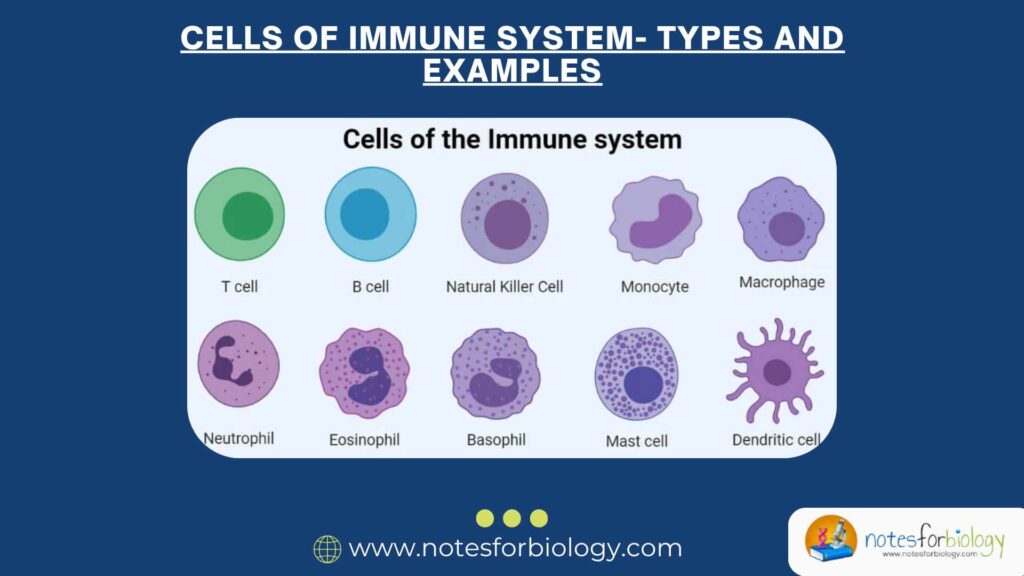Introduction
Endo Agar is a selective and differential culture medium used primarily for the detection and isolation of coliform bacteria, especially in water, dairy, and food samples. It was originally developed by Shigeru Endo in 1904 as a modification of the MacConkey agar and has since become a valuable tool in microbiological laboratories.

The medium allows for the differentiation of lactose-fermenting and non-lactose-fermenting Gram-negative bacteria while inhibiting most Gram-positive organisms. Its signature feature is the appearance of a metallic sheen produced by lactose-fermenting bacteria like E. coli. In this document, we will explore the composition, working principle, preparation, result interpretation, and real-world uses of Endo Agar.
Table of Contents
What is Endo Agar?
Endo Agar is a selective-differential medium used to isolate Gram-negative enteric bacteria, particularly those capable of fermenting lactose. The medium is widely used in:

- Water quality testing for fecal contamination
- Food safety testing
- Clinical diagnosis of urinary and intestinal infections
Composition
A standard Endo Agar medium contains the following components per liter of distilled water:
- Peptone: 10 g – source of nitrogen and amino acids
- Lactose: 10 g – fermentable sugar
- Dipotassium phosphate (K2HPO4): 3.5 g – buffering agent
- Sodium sulfite (Na2SO3): 2.5 g – reacts with basic fuchsin
- Basic fuchsin dye: 0.5 g – differential indicator
- Agar: 15 g – solidifying agent
- Distilled water: 1000 ml
Note: Basic fuchsin may be decolorized with sodium sulfite before autoclaving, and reactivation occurs during lactose fermentation.
Principle of Endo Agar
Endo Agar works based on two main principles:
1. Selective Inhibition
- The medium contains sodium sulfite and basic fuchsin, which inhibit the growth of most Gram-positive organisms.
- This makes it selective for Gram-negative bacteria, particularly members of the Enterobacteriaceae family.
2. Differential Lactose Fermentation
- Bacteria that ferment lactose produce acidic byproducts, which reactivate the basic fuchsin dye.
- This results in a color change of the colonies and the surrounding medium.
- Lactose fermenters produce pink to red colonies, often with a metallic green sheen.
- Non-lactose fermenters remain colorless to light pink.
Preparation
Materials Required:
- Endo Agar powder or individual components
- Distilled water
- Heating source
- Autoclave
- Sterile Petri plates
Preparation Procedure:
- Weigh and Mix
- Dissolve 40–42 grams of Endo Agar powder in 1 liter of distilled water.
- Heat
- Heat the mixture while stirring continuously until the medium is completely dissolved.
- Do Not Overheat
- Overheating may destroy the color and effectiveness of basic fuchsin. Do not boil the medium.
- Sterilization
- Autoclave at 121°C for 15 minutes.
- Cool and Pour
- Let it cool to 45–50°C and pour into sterile Petri dishes (approx. 20 ml per plate).
- Solidify and Store
- Allow the agar to solidify. Store at 2–8°C away from light. Use within 2–4 weeks.
Inoculation and Incubation
Inoculation:
- Use a sterile loop to streak or spread the sample onto the surface of the Endo agar plate.
- Avoid digging into the agar surface.
Incubation:
Incubate at 35–37°C for 18–24 hours under aerobic conditions.
Results and Interpretation
1. Strong Lactose Fermenters
- Example: Escherichia coli
- Appearance: Red colonies with a metallic green sheen
- Cause: Rapid acid production reacts with fuchsin, precipitating the dye
2. Weak Lactose Fermenters
- Example: Enterobacter aerogenes
- Appearance: Pink or slightly red colonies without sheen
3. Non-Lactose Fermenters
- Example: Salmonella typhi, Shigella dysenteriae
- Appearance: Colorless or pale colonies
- Cause: No acid production; fuchsin remains decolorized
4. Gram-positive Bacteria
- Example: Staphylococcus aureus
- Appearance: Little to no growth due to selective inhibition
Uses
Endo Agar is an indispensable tool in microbiology due to its versatility:
1. Water Testing
Commonly used to detect coliform bacteria in drinking and recreational water.
2. Food Industry
Screens food products for enteric contamination by organisms like E. coli and Salmonella.
3. Dairy Testing
Ensures milk and milk products are free from coliforms.
4. Clinical Diagnostics
Helps isolate pathogens from urine, stool, and wound samples.
5. Environmental Monitoring
Used in labs and hospitals to check surface and air contamination.
6. Research
Ideal for studying enteric bacterial colonies, fermentation behavior, and antimicrobial resistance.
Advantages of Endo Agar
- Dual-purpose: Selective and differential medium
- Distinctive colony appearance helps quick identification
- Effective against Gram-positive bacteria
- Easy to interpret due to visual color change
- Suitable for a wide range of environmental and clinical samples
Limitations of Endo Agar
- Some non-coliform lactose fermenters may appear similar to E. coli
- Not suitable for strictly anaerobic organisms
- Limited differentiation for non-lactose fermenters
- Overheating during preparation can reduce efficacy
- Does not support growth of fastidious organisms
Quality Control
To ensure Endo Agar performs correctly, run positive and negative control strains:
- E. coli (ATCC 25922): Red colonies with green sheen
- Enterobacter aerogenes: Pink colonies
- Salmonella typhi: Colorless colonies
- Staphylococcus aureus: No or minimal growth
Comparison with EMB Agar

| Feature | Endo Agar | EMB Agar |
|---|---|---|
| Indicator Dye | Basic fuchsin | Eosin Y and Methylene Blue |
| Lactose Fermenters | Red colonies, green sheen (E. coli) | Metallic green sheen (E. coli) |
| Gram-positive Inhibition | Sodium sulfite + fuchsin | Eosin and methylene blue |
| Appearance of Non-LF | Colorless or light pink colonies | Colorless or slightly pink colonies |
Storage and Shelf Life
- Store prepared plates at 2–8°C
- Avoid exposure to light as basic fuchsin is light-sensitive
- Use within 2–4 weeks for optimal results
Conclusion
Endo Agar remains a reliable and visually interpretive medium in the field of microbiology. Its unique composition allows for the selective growth of Gram-negative enteric bacteria and visual differentiation based on lactose fermentation. It plays a central role in water quality control, clinical diagnostics, and food safety.
By effectively identifying lactose fermenters, especially Escherichia coli, Endo Agar helps prevent outbreaks, ensures hygienic processing, and safeguards public health. Understanding its principle, preparation, and interpretation equips microbiologists, technicians, and researchers with the tools to accurately identify and act on microbial contamination.
Three Key Summary
- Endo Agar is a selective-differential medium ideal for detecting Gram-negative, lactose-fermenting bacteria.
- Lactose fermenters produce red colonies, often with a metallic sheen, while non-fermenters appear colorless.
- It is widely used in water testing, food safety, and clinical microbiology to identify contamination.
Frequently Asked Questions (FAQs)
What is Endo Agar used for?
It is used to isolate and differentiate coliform bacteria, especially in water, food, and clinical samples.
Why does E. coli show a metallic sheen on Endo Agar?
Due to strong acid production from lactose fermentation, which reactivates basic fuchsin and leads to dye precipitation.
Can Endo Agar grow Gram-positive bacteria?
It strongly inhibits most Gram-positive bacteria through sodium sulfite and basic fuchsin.
Related Articles




